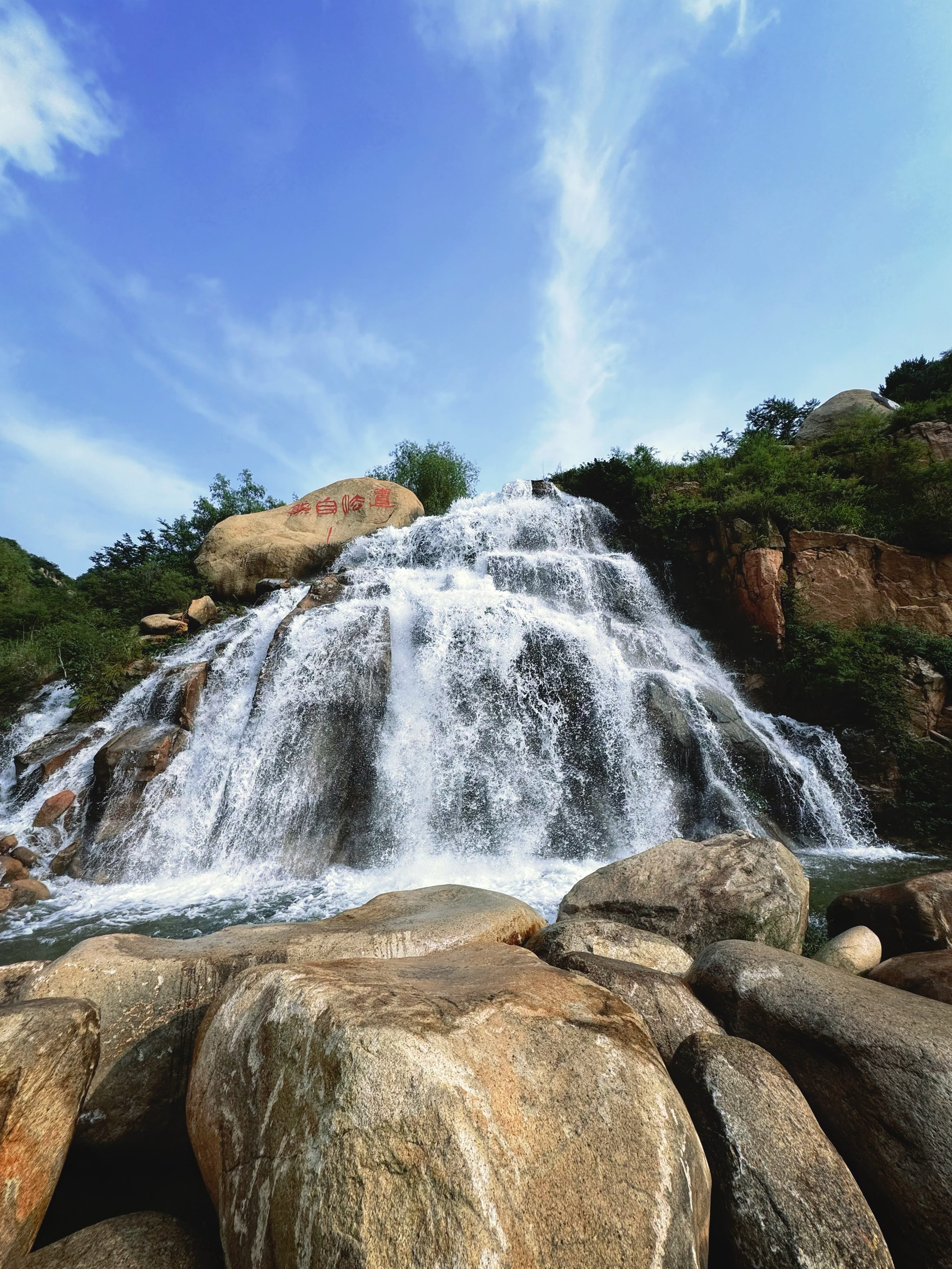The Art of Fire: Italy’s Premier Glassblowing Museums and Cultural Havens
Italy, a country celebrated for its art, history, and culinary excellence, also harbors a lesser-known but equally mesmerizing tradition: the ancient craft of glassblowing. For travelers seeking to immerse themselves in this luminous art form, Italy offers a journey through time, where fire, sand, and human ingenuity converge to create masterpieces. From the legendary island of Murano to hidden gems in Tuscany and Piedmont, here are the best travel spots in Italy for visiting glassblowing museums and experiencing this captivating heritage.
1. Murano: The Beating Heart of Venetian Glass
No exploration of Italian glassblowing is complete without a pilgrimage to Murano, a cluster of islands in the Venetian Lagoon. For centuries, Murano has been the epicenter of glassmaking excellence, with its origins dating back to the 13th century when Venetian glassmakers were relocated here to prevent fires in Venice’s densely packed city center. Today, Murano remains synonymous with unparalleled craftsmanship and innovation.
The Museo del Vetro (Glass Museum) is an essential stop. Housed in the Palazzo Giustinian, this museum chronicles the history of glass from ancient Roman times to the present day. Its collection includes exquisite Roman artifacts, Renaissance goblets, and contemporary sculptures, showcasing the evolution of techniques such as lattimo (opaque glass) and aventurine (sparkling glass). Visitors can witness live demonstrations in nearby furnaces, where master glassblowers—maestri vetrai—transform molten glass into delicate sculptures with breathtaking precision.
Beyond the museum, explore workshops like Venini and Berengo Studio, which blend tradition with modern artistry. Murano’s canals and vibrant atmosphere make it a cultural oasis, where every corner tells a story of fiery creativity.
2. Altare: The Rival Tradition of Liguria
While Murano often steals the spotlight, the small town of Altare in Liguria boasts a distinct glassblowing legacy. Founded by Benedictine monks in the 11th century, Altare developed its own techniques and guild system, independent of Venetian influence. The Museo dell’Arte Vetraria Altarese (Museum of Glassmaking Art) is a hidden gem that celebrates this unique heritage. Exhibits include ancient tools, historical documents, and glass pieces characterized by their simplicity and functionality, contrasting with Murano’s opulence.
Altare’s glassmakers were renowned for their mobility, traveling across Europe to share their skills. The museum offers workshops where visitors can try their hand at glassblowing, making it an interactive and educational experience. Nestled in the lush Ligurian countryside, Altare provides a tranquil retreat for those looking to delve into a lesser-known chapter of glass history.
3. Empoli: Tuscan Elegance in Glass
Tuscany, famed for its Renaissance art, also contributes to Italy’s glass narrative. The town of Empoli, located in the Arno Valley, has been a hub for glass production since the Middle Ages. The Museo del Vetro di Empoli showcases this rich tradition, focusing on utilitarian and artistic glassware. Highlights include green-hued “Empoli glass” bottles and vases, which were once exported across Europe.

The museum’s immersive displays explain the industrial evolution of glassmaking, emphasizing Empoli’s role in mass production while preserving artisanal techniques. Pair your visit with a trip to local furnaces, where artisans create bespoke pieces. Empoli’s proximity to Florence and Siena makes it an ideal addition to a Tuscan cultural tour.
4. Colle Val d’Elsa: The Crystal Capital
In the heart of Tuscany, Colle Val d’Elsa is renowned as Italy’s “Crystal City,” producing over 95% of the nation’s crystal glass. The Museo del Cristallo (Crystal Museum) traces the town’s transformation from a medieval glass center to a modern industry leader. Exhibits feature brilliant cut crystal, chandeliers, and innovative designs that blend tradition with contemporary aesthetics.
Visitors can tour active factories like Lucet to see crystal being crafted firsthand. Colle Val d’Elsa’s historic upper town, with its cobbled streets and panoramic views, adds a magical backdrop to this glittering experience.
5. Venice: Beyond Murano
While Murano is Venice’s glass flagship, the main city also offers glassblowing treasures. The Leonardo da Vinci Museum features exhibits on Renaissance ingenuity, including glassmaking tools inspired by da Vinci’s designs. Additionally, galleries like Marina Barovier in Venice showcase avant-garde glass art, highlighting the fusion of history and modernity.
Stroll along the canals to discover small fornaci (workshops) where artisans create jewelry and souvenirs. Venice’s enchanting ambiance elevates the glassblowing experience into a romantic adventure.
6. Piedmont’s Hidden Workshops
In Piedmont, the town of Vercelli and its surroundings host artisan studios that keep ancient glassblowing techniques alive. Though smaller in scale, these workshops offer intimate encounters with masters who produce bespoke pieces. The region’s cuisine and wine provide a perfect complement to a day of cultural exploration.
Conclusion: A Journey Through Fire and Light
Italy’s glassblowing museums are more than repositories of art; they are living testimonies to a craft that has shaped cultures and inspired generations. From the iconic furnaces of Murano to the rustic workshops of Altare, each destination offers a unique window into the soul of Italian creativity. For travelers, these spots are not just visits but transformative experiences—where the dance of fire and glass ignites a deeper appreciation for human artistry. So pack your curiosity and embark on a luminous journey through Italy’s glassblowing havens.





发表评论